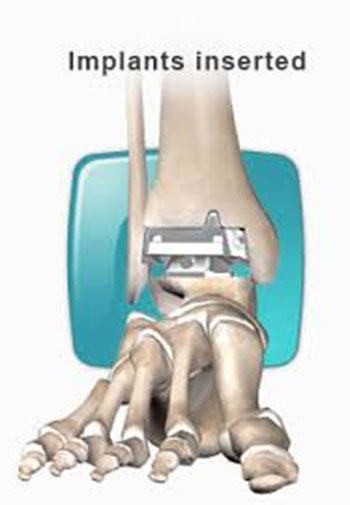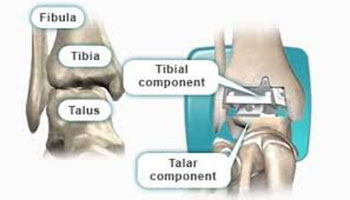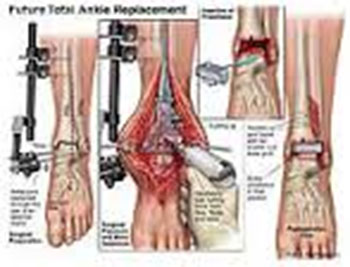Ankle is a vital part of the body that supports the body in unique way. At times, the bone and cartilage of the ankle joint gets hurt to bring us lot of pain. In such time, we need ankle replacement surgery to get the replacement of those damaged part of the ankle.
The surgery is recommended to deal arthritis of the ankle. With the help of the surgery, not only the pain is removed but the motion is restored to the ankle joint.


There are different types of ankle replacement.
Let’s look at each one of them:-
Ankle replacement becomes a necessity in cases where other forms of medications have not worked so far.
Some of symptoms of this replacement include:-


Ankle replacement surgery starts by keeping the patient under general anesthesia where pain would not be felt. First of all, a surgical cut is made to expose the ankle joint. After the cut, the damaged bone and cartilage are removed.
After that, the doctor takes the replacement tasks for tibia and talus. Then the attachment takes place for the metal parts of artificial joint. The insertion of plastic takes place between the metal parts. Stitches are used to close the wound once the tendons are back to their place.